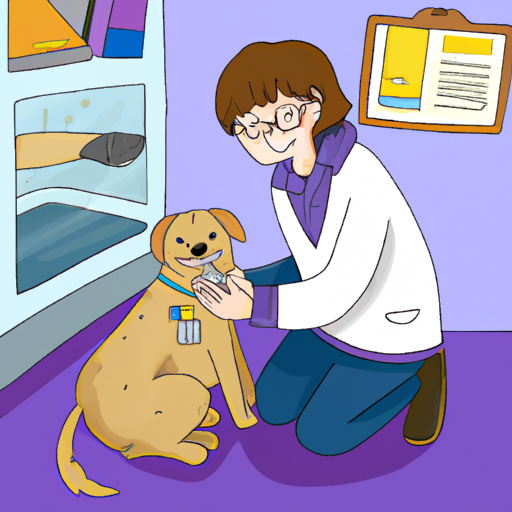In the delightful yet challenging world of dog ownership, skittish dogs represent a unique subset. Whether they’re afraid of loud noises, unfamiliar environments, or new people, these dogs require a special blend of patience, understanding, and training techniques. This guide will provide a comprehensive overview of how to help skittish dogs feel more secure, confident, and comfortable in their surroundings.
Table of Contents
– Understanding Skittishness in Dogs
– Steps to Help Skittish Dogs Overcome Fear
– Training Tips for Skittish Dogs
– Frequently Asked Questions
Key Takeaways
– Skittish dogs are often fearful due to previous traumatic experiences, genetics, or lack of socialization.
– Patience, consistency, and positive reinforcement are key aspects of working with skittish dogs.
– A calm, stable environment can significantly help a skittish dog feel more secure.
Understanding Skittishness in Dogs
The term “skittish” refers to dogs who exhibit signs of fear or anxiety in response to certain triggers. These triggers can vary widely, from loud noises and crowded environments to unfamiliar people and other animals. It’s essential to understand that skittish behavior is often rooted in fear. These fears can stem from several sources, such as past trauma, lack of socialization during puppyhood, or even genetic predisposition. The American Kennel Club provides more detailed insights into understanding dog anxieties and fears.
Steps to Help Skittish Dogs Overcome Fear
- Create a Safe Space: Your dog needs an area where they can retreat when they feel threatened. This could be a specific room, a crate, or a quiet corner.
- Provide Consistent Routine: Dogs thrive on predictability. A stable daily routine can help reduce anxiety.
- Slow and Gradual Exposure: Slowly expose your dog to their triggers in a controlled, calm environment. This technique, known as desensitization, can help them gradually become less responsive to the source of their fear.
- Use of Calming Aids: Products like calming dog treats, pheromone diffusers, or anxiety wraps can help soothe your dog’s anxiety.
Training Tips for Skittish Dogs
Training a skittish dog can be challenging, but with patience, consistency, and positive reinforcement, it is entirely possible. Here are a few training tips:
– Always use positive reinforcement. Reward your dog for calm behavior with treats, praise, or petting.
– Avoid punishment. It can increase your dog’s anxiety and damage your relationship.
– Seek professional help if needed. Dog trainers or animal behaviorists can offer invaluable guidance.
Here on OneTopDog, we provide several resources to assist with dog training. Explore our articles on positive reinforcement techniques, finding a reputable dog trainer, and understanding dog behavior.
Frequently Asked Questions
Q: Can a skittish dog ever become completely fearless?
A: While it’s possible to significantly reduce fear responses, it’s unrealistic to expect a dog to completely overcome all fears. The goal is to help the dog manage its fear and function comfortably in daily life.
Q: How long does it take to help a skittish dog?
A: The time it takes to help a skittish dog can vary widely depending on the dog’s individual circumstances and the efforts put into training and socialization.
Q: Should I use medication to calm my skittish dog?
A: Medication should be a last resort and only used under the guidance of a vet. There are many non-pharmaceutical methods available to help manage a dog’s anxiety, such as behavior modification, training, and calming aids.
Helping a skittish dog feel safe and secure requires time, patience, and a lot of compassion. But by understanding their fears and working with them using these techniques, you can help your skittish dog lead a happier, less fearful life. It’s a challenging journey, but one that offers immeasurable rewards in the form of a stronger, deeper bond with your canine companion.



